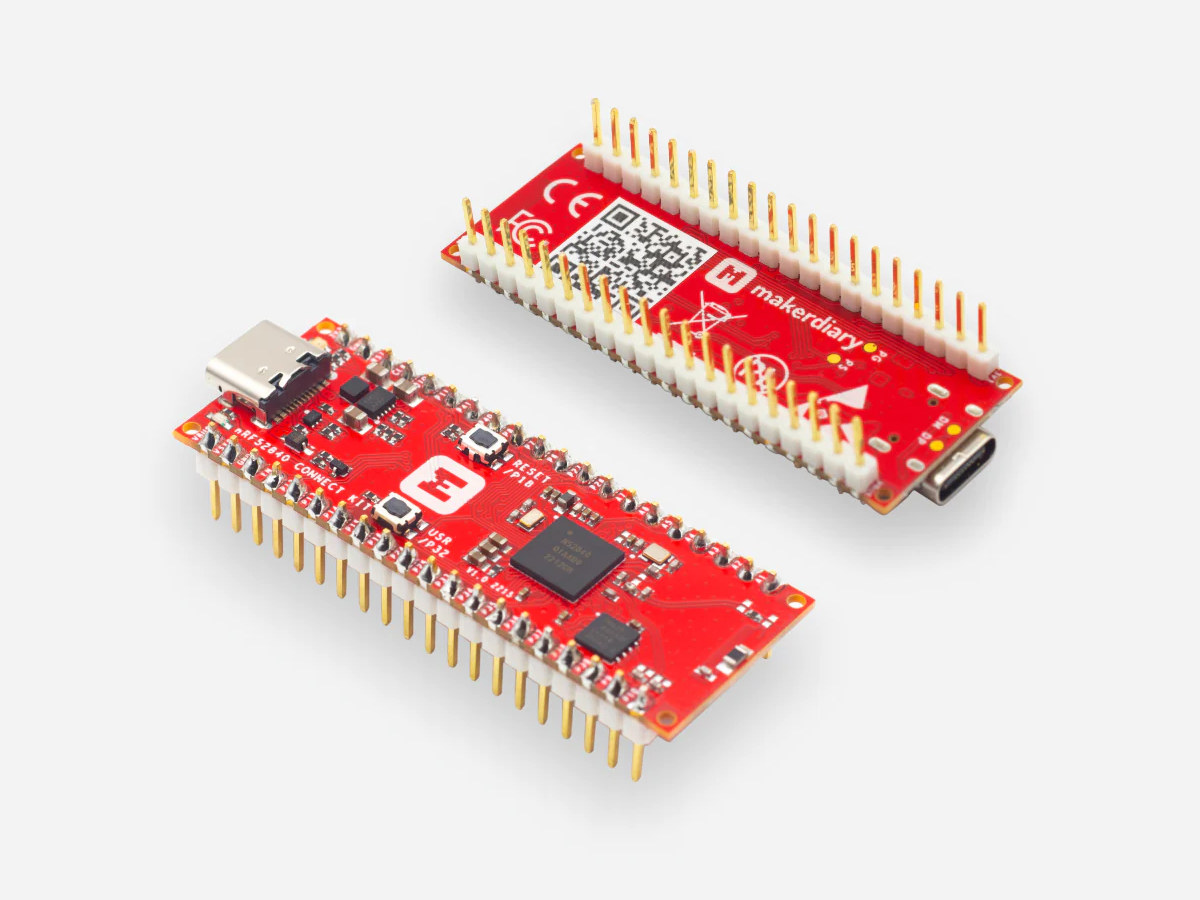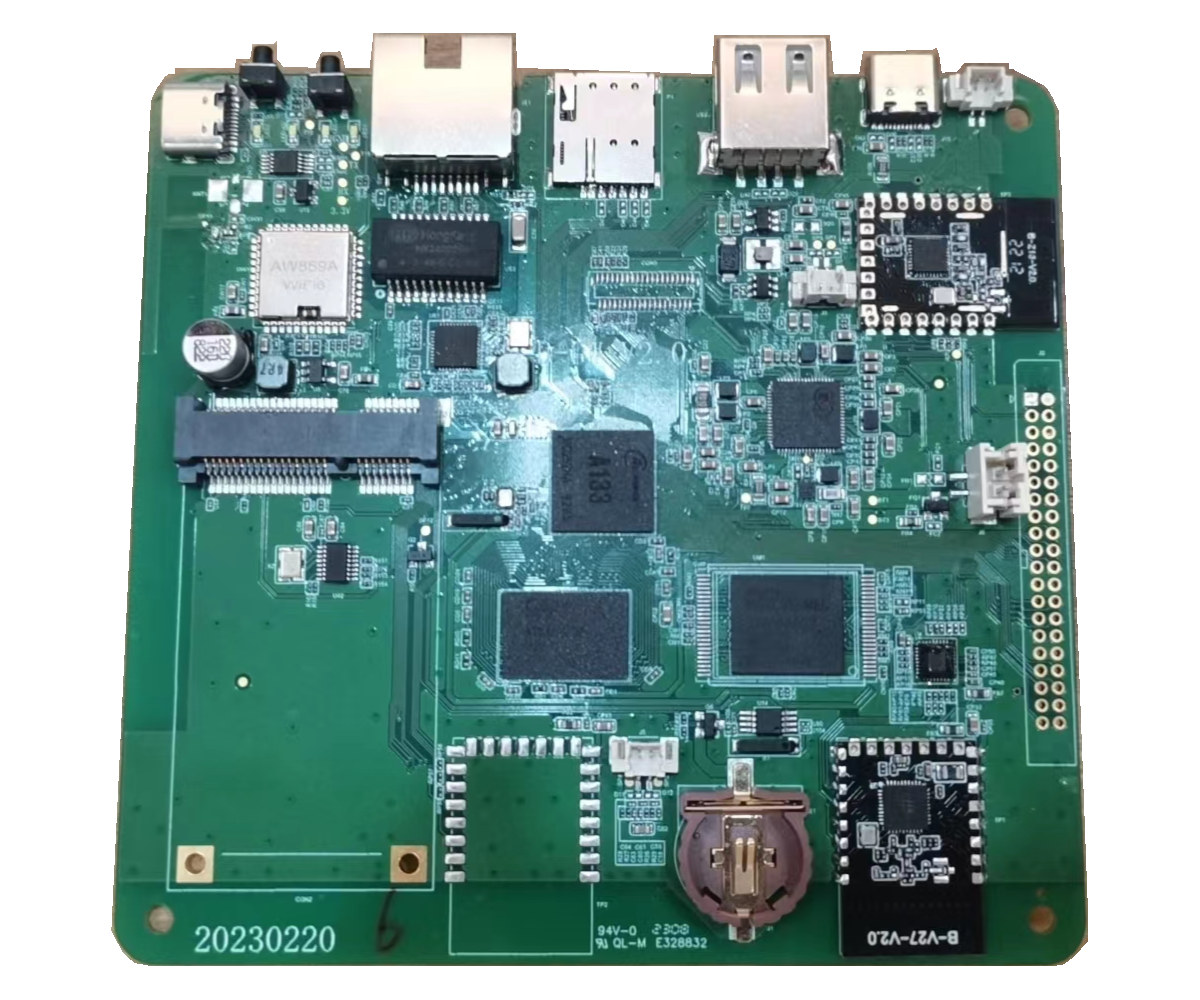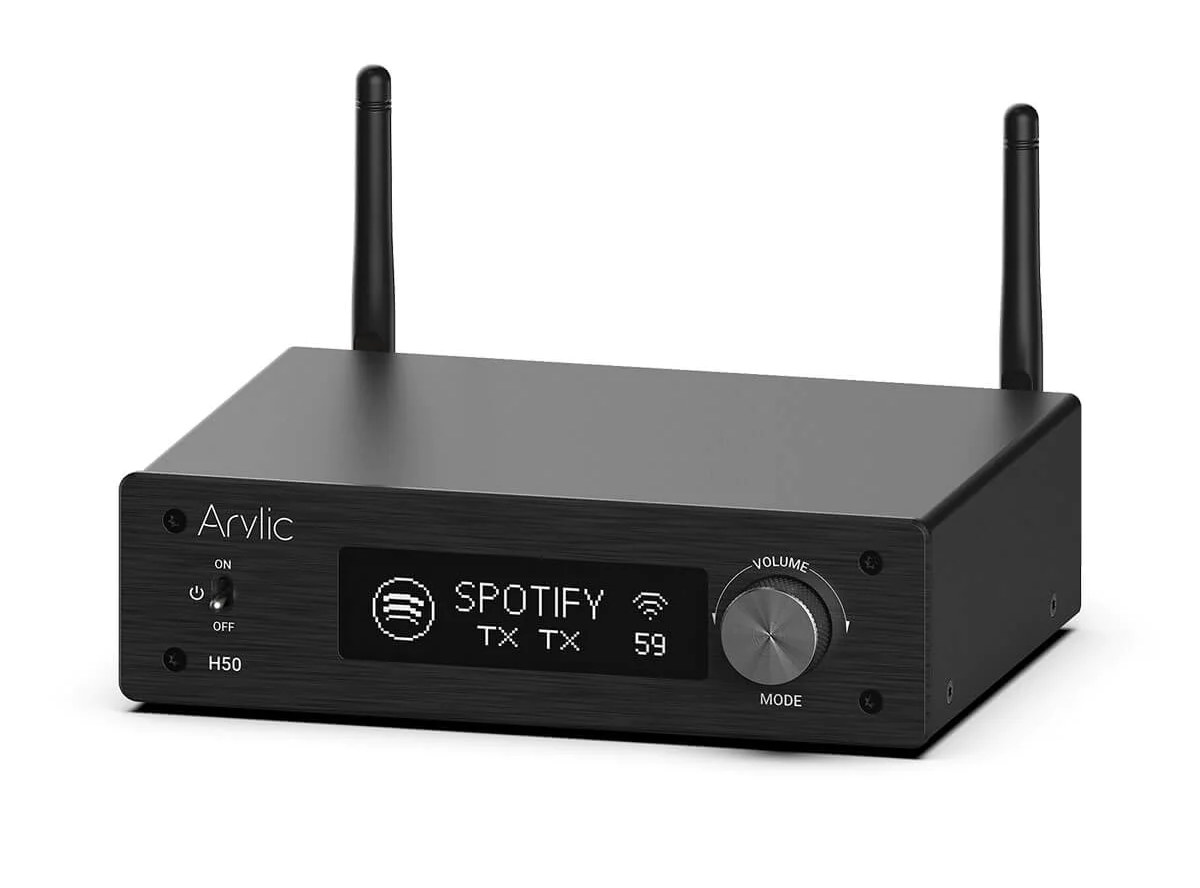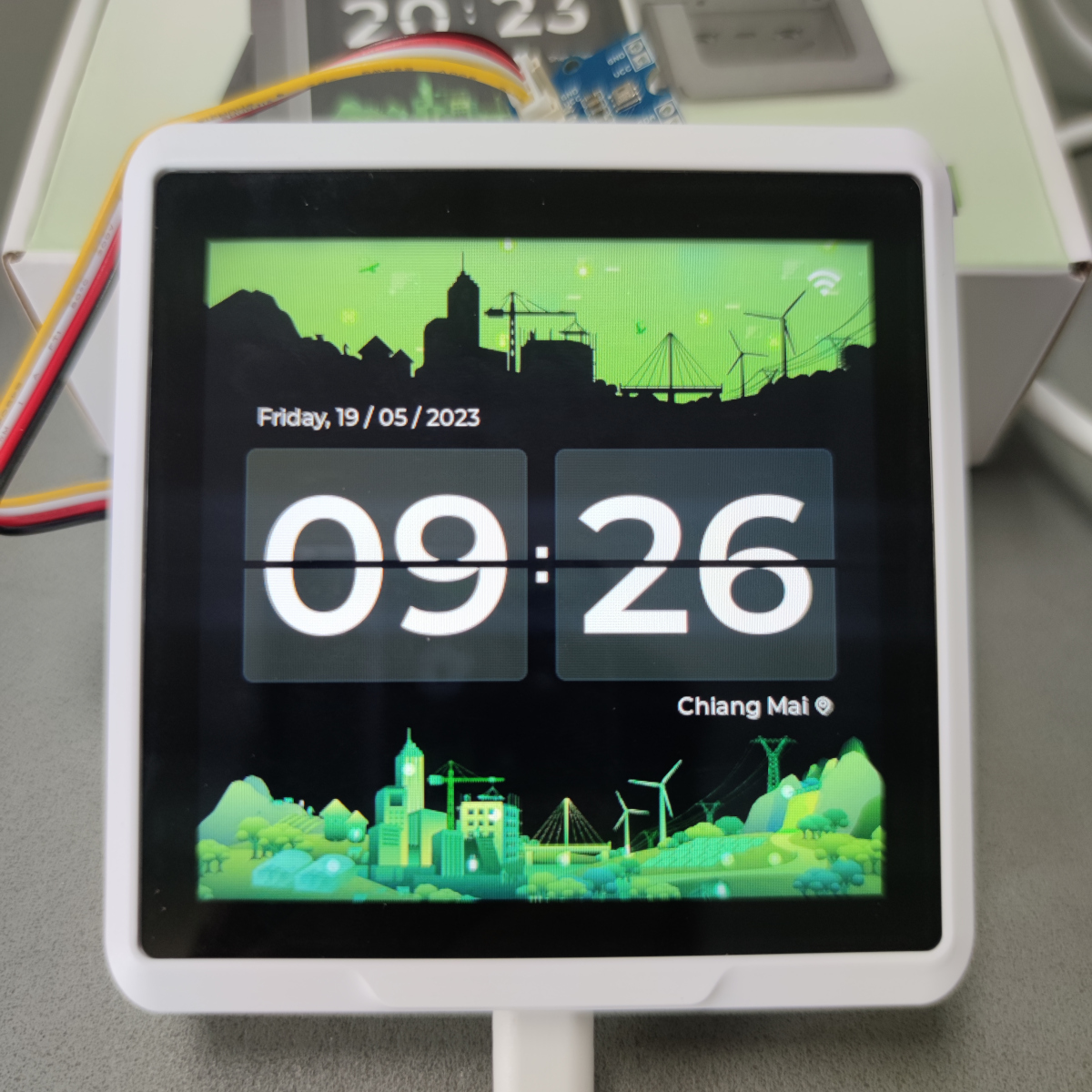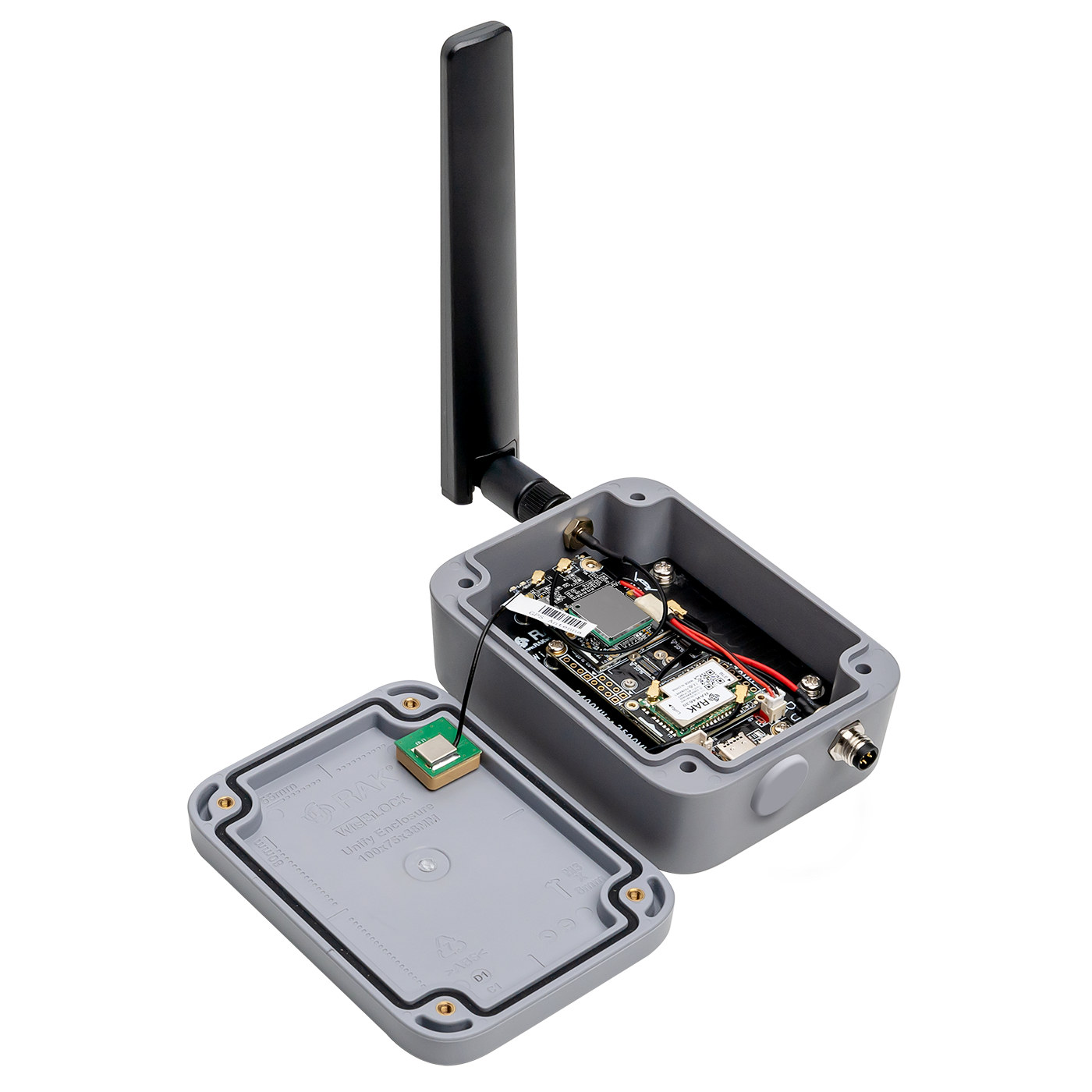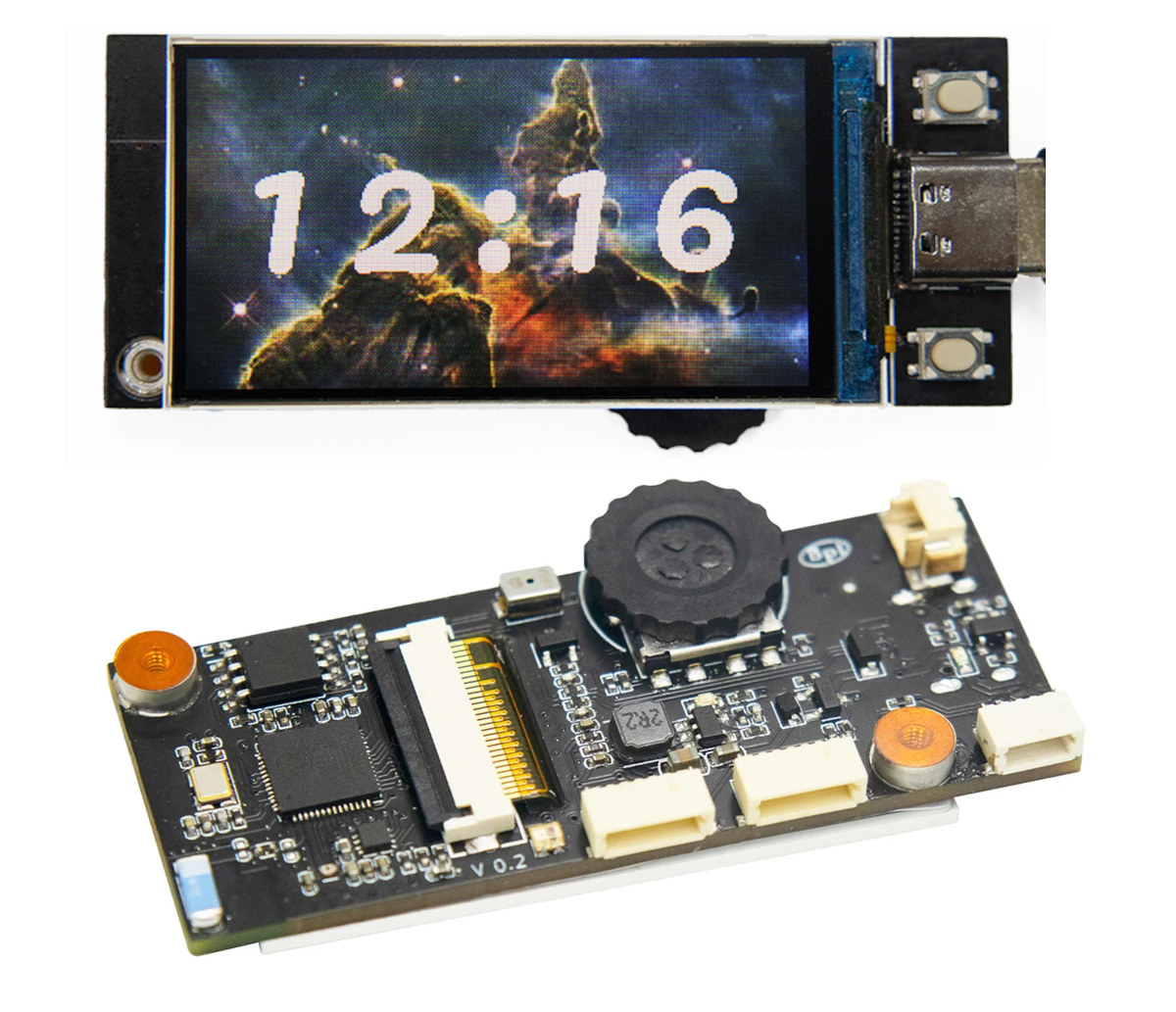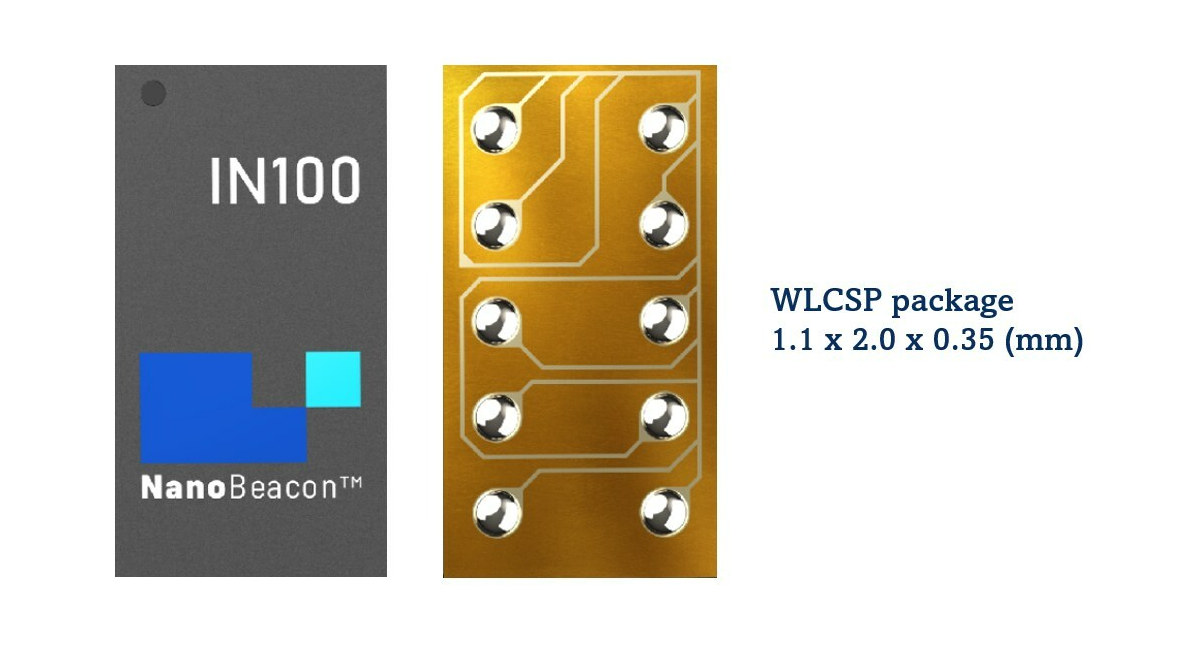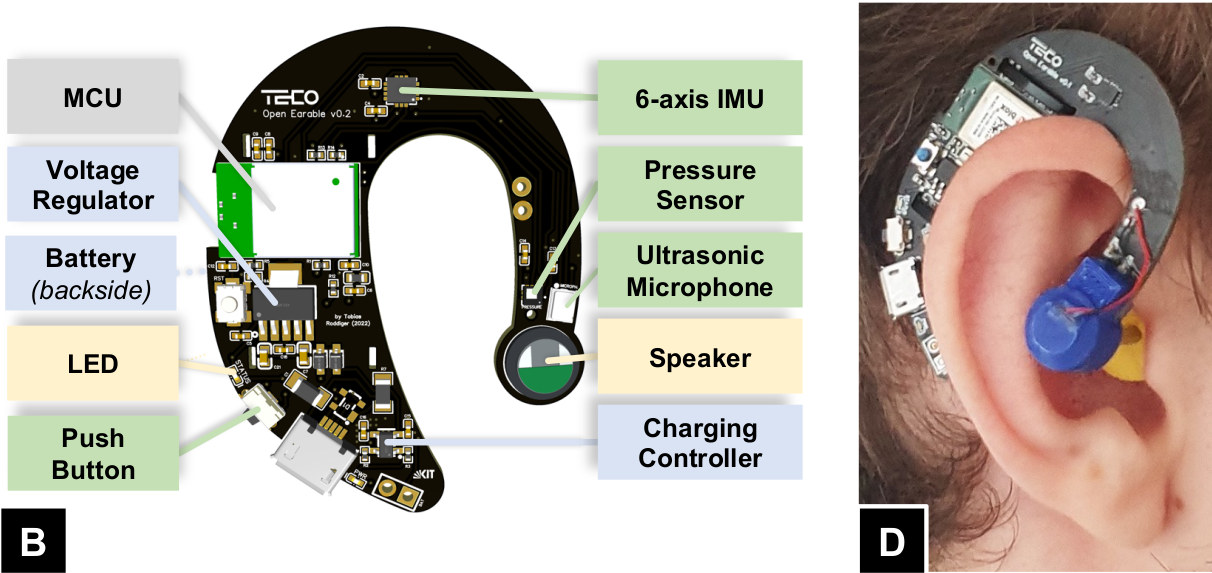Makerdiary nRF52840 Connect Kit is a development board based on Nordic Semi nRF52840 multiprotocol wireless microcontroller with support for Bluetooth Low Energy, Bluetooth Mesh, NFC, Thread, Zigbee, 802.15.4, ANT, and 2.4 GHz proprietary connectivity. The nRF52840 Connect Kit comes in a compact form factor with a USB-C port for power and programming, a 64 Mbit QSPI flash, flexible power management, and a rich set of features. Makerdiary offers two versions, one with a chip antenna, and another with an external u.FL antenna. nRF52840 Connect Kit specifications: SoC – Nordic nRF52840 Arm Cortex-M4F WiSoC @ 64 MHz with 1 MB FLASH and 256 kB RAM, Arm TrustZone Cryptocell 310 security subsystem External Storage – 64-Mbit QSPI flash Wireless Connectivity (on-chip) Bluetooth 5, Bluetooth Mesh IEEE 802.15.4 radio for Zigbee and Thread ANT, 2.4GHz proprietary On-chip NFC-A tag Antenna – On-board 2.4GHz chip antenna or u.FL connector for external antenna USB – […]
Zvidar Z-GW-V01 Smart Gateway runs Home Assistant on Allwinner A133 processor
Shenzhen Zvidar Technologies’ Z-GW-V01, also known as the Zvidar Smart Gateway is a single board computer powered by an Allwinner A133 quad-core Cortex-A53 processor and running Ubuntu with the Home Assistant open-source automation framework. The SBC provides Gigabit Ethernet, WiFi 5, and Bluetooth connectivity by default, but also supports plenty of optional wireless modules with Z-Wave, Zigbee, Thread/Matter, LoRa, or 4G LTE connectivity that are either soldered to the board connected by a mini PCIe socket. The board also includes a few USB ports, and it’s apparently possible to connect a 7-inch display and/or audio interfaces if needed. Zvidar Smart Gateway (Z-GW-V01) specifications: SoC – Allwinner A133 quad-core Cortex-A53 processor @ up to 1.6GHz with Imagination PowerVR GE8300 GPU with support for OpenGL ES3.2, Vulkan 1.1, OpenCL 1.2 System Memory – 1GB RAM (option for 512MB, 2GB, or 4GB) Storage – 8GB eMMC flash (option for 4GB, 16GB, or 32GB), […]
Arylic H50 wireless stereo amplifier supports Airplay2, Amazon Alexa (Sponsored)
Arylic H50 is a new wireless stereo amplifier with an ESS9023p Sabre DAC and support for Airplay2, Amazon Alexa, and services such as Spotify Connect and Tidal Connect. It offers dual-band WiFi 4 connectivity, and Bluetooth 5.2 audio support through a Qualcomm QCC3040 SoC with aptX HD, supports 50W stereo speakers, and plenty of audio input sources from analog and digital audio ports to HDMI ARC, as well as NAS (DLNA) function and USB mass storage. Arylic H50 specifications: SoC – Qualcomm QCC3040 with 32-bit application processor @ 32 MHz, 32-bit system processor @ 32 MHz, Kalimba DSP @ 120 MHz, Bluetooth 5.2 and aptX HD support. DAC – ESS9023p Sabre DAC Display – 2.23-inch OLED display panel Connectivity 10/100M RJ45 port Dual-band (2.4GHz/5.0GHz) WiFi 4 (802.11 b/g/n) Bluetooth 5.2 with up to 15m range, suppport for aptX-HD, aptX-LL, aptX-AD, SBC, AAC Streaming Protocols – Works with Alexa, Spotify Connect, […]
SenseCAP Indicator D1Pro Review – An ESP32-S3 & RP2040 IoT devkit with a 4-inch display, LoRa connectivity, sensors
The SenseCAP Indicator D1Pro is an IoT development kit based on ESP32-S3 WiFi & BLE chip, a Raspberry Pi RP2040 microcontroller, and offering LoRa connectivity through an SX1262 RF chip. It also features a 4-inch touchscreen display, two Grove interfaces with ADC & I2C, and two USB Type-C ports including one exposing GPIOs, and the D1Pro integrates tVOC and CO2 sensors, plus the kit ships with an external Grove AHT20 TH sensor for temperature and humidity measurements. SenseCAP Indicator D1Pro Features Dual MCUs and GPIO expansion with the Espressif ESP32-S3 and Raspberry Pi RP2040 microcontrollers and support for over 400 Grove-compatible modules. Real-time air quality monitoring thanks to the built-in tVOC and CO2 sensors, and an external Grove AHT20 TH sensor for more precise temperature and humidity readings. Local LoRa Hub for IoT Connectivity thanks to the integrated Semtech SX1262 LoRa chip for connecting LoRa devices to IoT platforms such […]
Link.ONE LTE-M, NB-IoT, and LoRaWAN all-in-one LPWAN devkit is programmable with the Arduino IDE
RAKwireless Link.ONE is an all-in-one LPWAN development kit programmable with the Arduino IDE and based on nRF52840 Cortex-M4F 2.4 GHz multi-protocol wireless microcontroller, Semtech SX1262 LoRa RF transceiver, and Quectel BG77 LTE-M and NB-IoT module and comprised of components from the company’s WisBlock IoT prototyping platform. Besides the WisBlock modules, the kit includes everything to get started with four antennas for LTE-IoT, LoRaWAN, GNSS, and Bluetooth connectivity, a USB cable for power and programming, and a Monogoto SIM card with global coverage and 500MB of data valid for 10 years. Link.ONE hardware specifications: RAK19007 WisBlock base board with USB connector and Li-ion charger RAK4631 WisBlock core module with Nordic Semiconductor nRF52840 32-bit Arm Cortex-M4F microcontroller @ 64 MHz with 1 MB Flash, 256 KB RAM, Bluetooth Low Energy 5.0 protocol stack Semtech SX1262 LoRa/LoRaWAN RF transceiver with LoRaWAN 1.0.2 protocol stack (supports Class A & C), global coverage support: RU864, […]
Banana Pi BPI-Centi-S3 – An ESP32-S3 board with an 1.9-inch TFT display and a rotary encoder
Banana Pi BPI-Centi-S3 is an ESP32-S3 WiFi & BLE IoT board with a 1.9-inch color TFT display, a rotary encoder, and a few I/Os, which offers an alternative to the T-Track ESP32-S3 board with AMOLED and trackball we covered a few days ago. The Banana Pi board also comes with a 2MB on-chip PSRAM, an 8MB SPI flash, a USB Type-C port for power and debugging, two buttons, a buzzer, and an RGB LED. Besides powering the board with its USB-C port, you can also connect a LiPo battery with charging support. Banana Pi BPI-Centi-S3 specifications: SoC – Espressif Systems ESP32-S3 dual-core Tensilica LX7 @ up to 240 MHz with vector instructions for AI acceleration, 512KB RAM, 2MB PSRAM, wireless connectivity Storage – 8MB SPI flash Connectivity via ESP32-S3 2.4 GHz 802.11 b/g/n Wi-Fi 4 with 40 MHz bandwidth support up to 150 Mbps Bluetooth Low Energy (BLE) 5.0 connectivity […]
The world’s smallest Bluetooth SoC: InPlay NanoBeacon SoC IN100 in 2.0×1.1mm WLCSP package
InPlay has just announced a Wafer Level Chip Scale Package (WLCSP) for its NanoBeacon SoC IN100, making it the world’s smallest Bluetooth System-on-a-Chip (SoC) at just 2.0 x 1.1 x 0.35mm. The NanoBeacon IN100 is not new per se, and we covered the still tiny Bluetooth SoC when writing about Sparkfun NanoBeacon Bluetooth 5.3 module based on the DFN8 package measuring 2.5×2.5mm. The highlights include its low-code/no-code interface and an ultra-low power consumption of below 1 uW. InPlay NanoBeacon SoC IN100 specifications: Memory – 4 KB SRAM + 4 Kbit OTP memory Bluetooth 5.3 compliant Beacon Modes: Proprietary, BT, Google Eddystone, and Apple iBeacon compliant 2.4GHz RF frequency band, MedRadio band (2.36GHz) Programming-free and firmware-less design Long-range transmission: up to several hundred meters Security Authentication of beacon ID Privacy of advertising payload Supply voltage range – 1.1V ~ 3.6V (Single 1.5V coin battery support) Power consumption Sub-uW power consumption for […]
OpenEarable open-source hardware earable platform leverages Arduino Nano 33 BLE Sense ecosystem
OpenEarable is an open-source hardware earable, sometimes also called hearable, that fits around your ear and is based on the same u-blox NINA-B306 module found in the Arduino Nano 33 BLE Sense board. Besides the Nordic Semi nRF52840 Arm Cortex-M4-based Bluetooth LE module, the design also features a speaker and ultrasonic microphone, a 6-axis IMU and a pressure sensor, as well as the circuitry for the battery, two LEDs, and a push button. OpenEarable specifications: Wireless module – U-blox NINA-B306 module powered by a Nordic Semi nRF52840 Arm Cortex-M4F microcontroller @ 64MHz with 1MB Flash, 256KB RAM, Bluetooth 5.0 LE connectivity Audio – Built-in speaker and ultrasonic microphone (Knowles SPH0641LU4H-1) Sensors STMicro LPS22HBTR pressure and temperature sensor STMicro LSM6DSRTR 6-axis IMU with accelerometer and gyroscope USB – Micro USB port for power and programming Debugging – Solder pads for SWD interface Misc – Push button, charging LED, one programmable PWM […]


